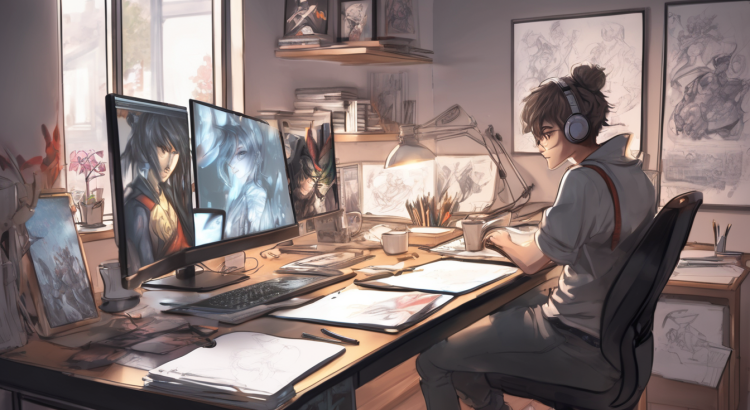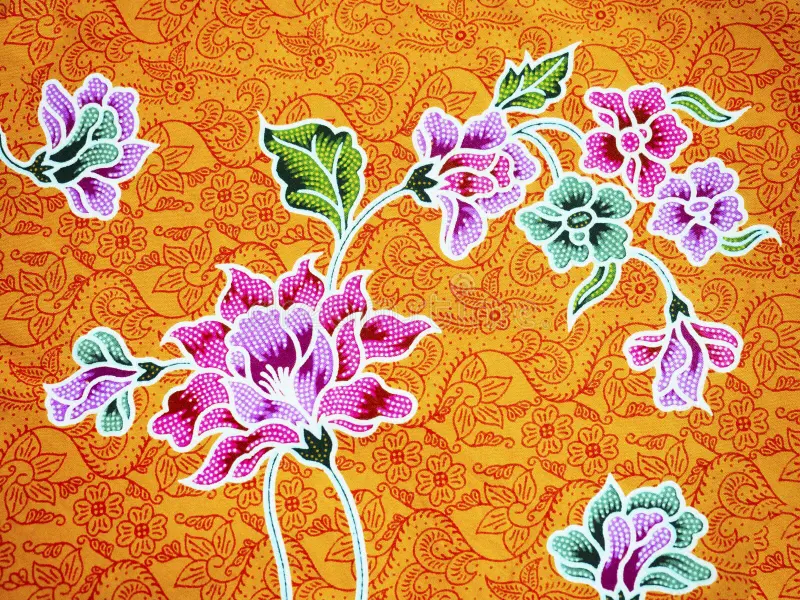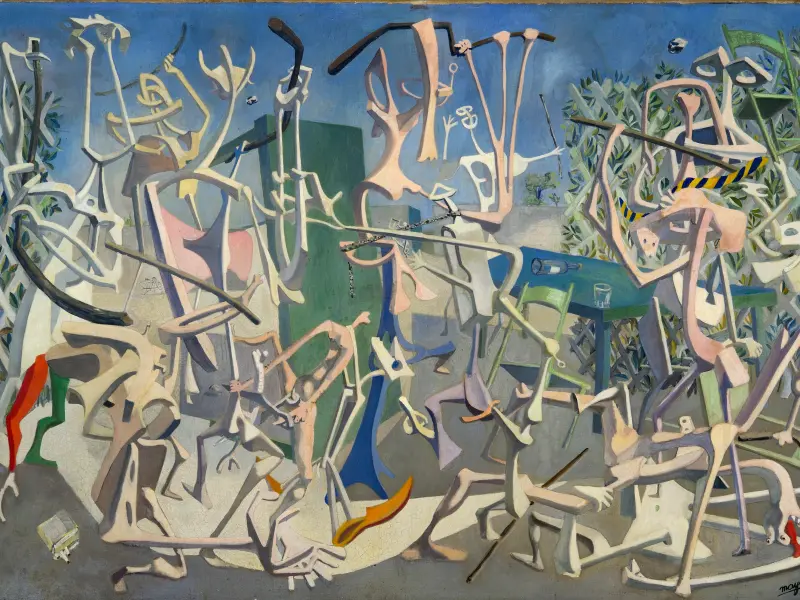RobertDraws.com Growing awareness of fan art ethical boundaries is pushing many artists to rethink what they draw, how they share it, and where they post it online.
Why Fan Art Feels So Comfortable
Most artists begin with fan art because it feels safe and familiar. The characters already have strong designs. The worlds already have rules. Because of that, many creators treat fan art like a shortcut to practice, visibility, and community.
However, fan art always connects to someone else’s intellectual property. That means legal, ethical, and emotional layers exist behind every piece. Some companies and creators encourage fan art. Others tolerate it quietly. A few fight it aggressively.
Understanding fan art ethical boundaries helps you stay out of trouble. It also helps you build a career that is not chained to licenses, trends, or a single fandom. When you know the limits, your choices become deliberate instead of accidental.
Where Fan Art Becomes Risky
Fan art crosses a line when it harms the original creator or violates formal rules. That harm can be financial, reputational, or personal. Sometimes, it is purely legal, because a company has no choice but to protect its rights.
Some red flags include using official logos, selling designs that look identical to official merch, or tracing licensed art. Another risk appears when you use fan art in ads, banners, or commercial branding without permission.
Because fans move fast, artists often misunderstand policy. However, most companies post official guidelines. When you study them, you start to see clear fan art ethical boundaries emerge around monetization, reproductions, and brand confusion.
The Power Of Original Characters
Original characters give you complete freedom. You decide their story, design rules, colors, and world. No company can send a takedown notice for a character you made from scratch. That control is powerful for any serious artist.
In addition, original characters become a unique signature for your work. People may come for fan art, but they stay when they connect to your ideas. Over time, your portfolio of original work becomes more valuable than any single fandom.
Therefore, balancing fan work with original content protects your future. It also softens mental dependence on external franchises. When you respect fan art ethical boundaries, you naturally invest more energy in your own creations.
How I Decide What To Draw
Every artist eventually needs a personal rulebook. Mine revolves around respect, safety, and growth. Respect means I do not exploit a fandom or creator for quick profit. Safety means I avoid obvious legal risks. Growth means I keep pushing my own ideas.
For fan pieces, I ask simple questions. Will this confuse people into thinking it is official merch? Could it hurt the reputation of the original creator? Am I comfortable defending this choice in public?
If I feel tension, I step back. That internal check has become my private system for handling fan art ethical boundaries. It helps me say no when offers feel tempting but unstable.
Read More: How fandom, ownership, and copyright collide in modern online art communities
Fan Art, Commissions, And Money
Money changes everything. A fun sketch drawn for practice feels different from a paid commission for a stranger. When cash appears, fans, platforms, and companies pay closer attention.
Some franchises tolerate small fan commissions. Others ban commercial use entirely. Because of that, treating all fandoms the same is dangerous. You must check each case, not just rely on community rumors.
Whenever I accept a fan-based commission, I consider the fan art ethical boundaries of that franchise. If the brand is known to be strict, I avoid paid work and stick to personal studies. That choice protects both me and my clients.
Transformative Work And Respect
Many artists rely on the idea of “transformative work”. They argue that adding new meaning, commentary, or style creates enough distance from the original. Sometimes that argument holds up in legal theory. Sometimes it does not.
Even so, respect matters more than technical loopholes. Mocking a creator’s trauma, twisting their work against their values, or spreading hate using their characters can cross moral lines long before legal ones.
My own fan art ethical boundaries include a strong respect filter. If I would be upset seeing my original character twisted that way, I do not do it to someone else’s property. That empathy keeps my conscience clean, even when laws look blurry.
Building A Portfolio That Lasts
Fan art can attract followers, but original work builds foundations. When art directors, studios, or clients review your portfolio, they look for your taste, storytelling, and design voice. They want to see what only you can make.
Because of that, I try to keep fan work as seasoning instead of the main dish. It shows my influences and interests, but it does not control my identity. Over time, that balance helps me maintain healthy fan art ethical boundaries without cutting fandom joy.
Your portfolio should reflect the career you want in five years. If every piece depends on a single franchise, that future becomes fragile. If your original characters stand strong beside fan pieces, opportunities expand.
Sharing Online Without Losing Control
Posting online introduces another layer of risk and opportunity. Social platforms boost what is popular, which often means fan art. However, they also expose you to plagiarism, reposts, and misinterpretation.
Watermarks, clear signatures, and consistent branding help protect your identity. Meanwhile, detailed captions explain when a piece is fan work and when it is original. That clarity reassures both fans and potential clients.
When I share work connected to existing franchises, I remind myself of my own fan art ethical boundaries. I avoid misleading tags, dishonest claims, or vague wording that suggests ownership of characters I did not design.
Drawing The Line For Yourself
In the end, no universal rulebook fits every artist. Laws differ by country. Companies change policies often. Communities evolve quickly. Therefore, your best protection is a clear internal compass.
Write down where you feel comfortable. Decide when fan art is only for practice, when it is okay to sell, and when you will walk away. Review those notes regularly as your skills, audience, and goals grow.
When you define and follow your own fan art ethical boundaries, your art life becomes calmer. You can still enjoy fandom, still create tributes, and still connect with other fans. However, you do it with open eyes, steady principles, and room for your original characters to thrive.



